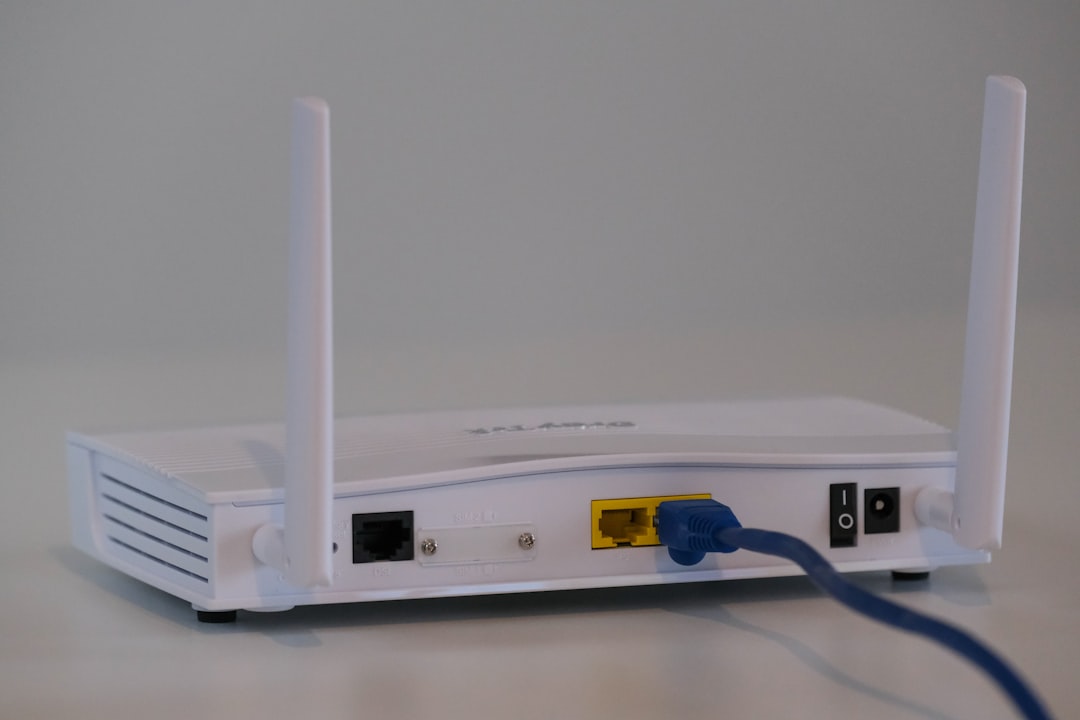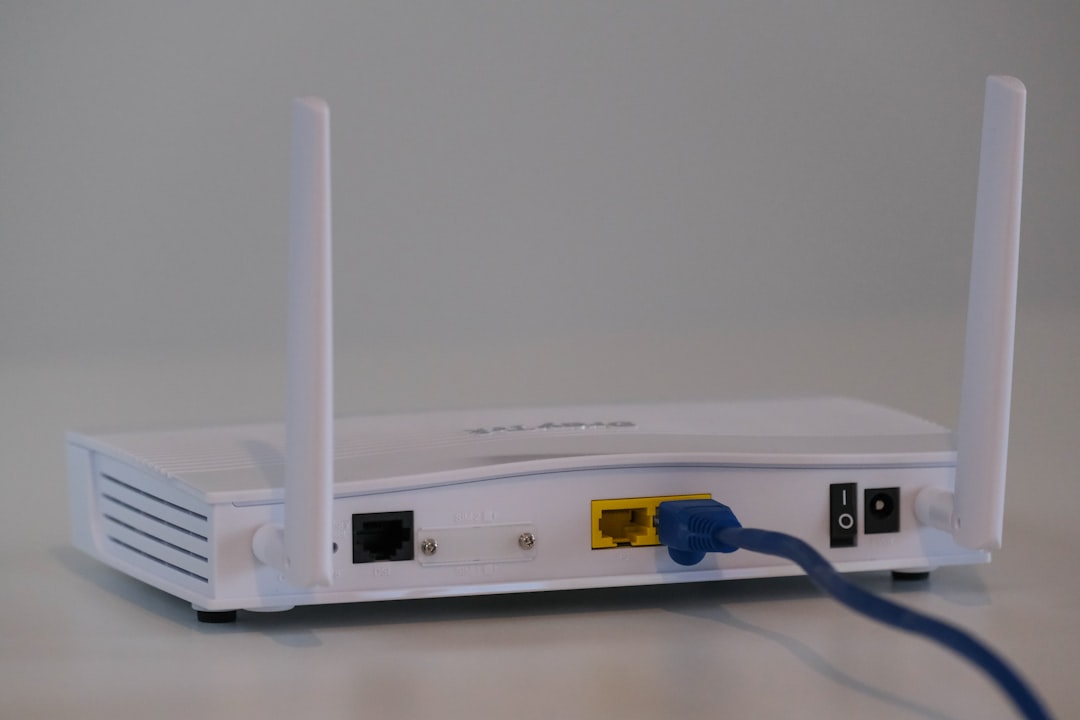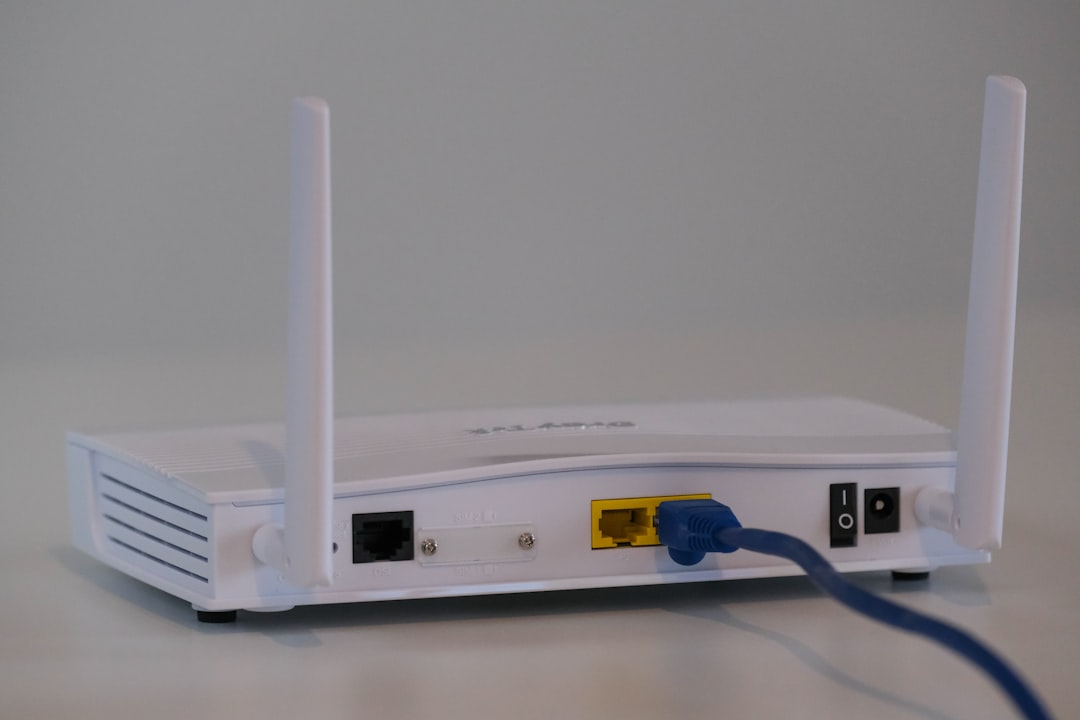Few things are as frustrating as a disrupted internet connection. Whether you’re streaming a favorite series, attending a crucial video conference, or just casually browsing the web, a drop in connectivity can grind everything to a halt. When such issues arise, one common dilemma many users face is determining whether the modem or the router is to blame. Understanding the difference between the two, and learning how to troubleshoot them effectively, is key to restoring your network.
What’s the Difference Between a Modem and a Router?
Before diving into diagnostics, it’s essential to clarify the roles of these two devices.
- Modem: The modem is your gateway to the internet. It connects to your Internet Service Provider (ISP) via a coaxial, DSL, or fiber optic cable, translating data from your provider into a form your local network can use.
- Router: The router connects to the modem and distributes that internet connection to multiple devices via Wi-Fi or Ethernet. It also handles device communication within your local network.
Sometimes the modem and router are combined into a single unit, often referred to as a “gateway.” Even in these cases, understanding their individual functions is critical for diagnosing issues.
Signs of a Bad Modem
The modem is more about getting your home onto the internet in the first place. If your issue is with your internet connection as a whole, here are signs pointing to modem trouble:
- No connectivity at all: If none of the devices connected to your network can access the internet, start by looking at the modem.
- No modem lights or abnormal patterns: Lights are typically labeled “Power,” “DSL,” “Online,” or “Internet.” If the ‘Online’ or ‘Internet’ light is off or red, or if none of the lights are on, your modem may be malfunctioning.
- Frequent disconnects: If your internet works temporarily and then drops again, especially without rebooting the router, the modem might be at fault.
- ISP connection issues: When contacting your ISP, if they’re unable to detect your modem or mention an authentication failure, that’s a strong indicator of a modem problem.
If you’re experiencing any of the above, the modem deserves a closer look.

Signs of a Bad Router
The router is in charge of local distribution, so issues related to individual devices or Wi-Fi performance usually point toward router troubles. Be mindful of the following:
- Internet on some devices but not others: If your desktop connects fine over Ethernet, but your phone or laptop can’t connect via Wi-Fi, your router may be the cause.
- Unstable Wi-Fi signal: If you experience weak signal strength or fluctuating speeds—even when standing close to the router—it might signal hardware issues or interference problems.
- Frequent need to reboot: A router that requires constant resets to function properly is on its way out or is suffering from firmware issues.
- Device connection issues: If devices have trouble acquiring IP addresses or randomly lose connection within the home network, the router is likely struggling.
It’s worth noting that overheating, outdated firmware, or aging hardware are common causes of router malfunctions.
How to Troubleshoot: Step-by-Step Guide
To identify whether the modem or router is causing issues, follow this systematic approach:
- Power cycle both devices: Unplug both the modem and router for about 30 seconds. Plug the modem back in first and wait for it to fully boot up (all lights stable). Then plug in the router. Sometimes, this refresh can solve temporary glitches.
- Try a direct connection: Connect your computer directly to the modem using an Ethernet cable, bypassing the router. If your internet works, the router is the cause. If not, the modem or the ISP is likely at fault.
- Check ISP status: Log into your ISP account or contact them to check for known outages or maintenance events. This can rule out external issues.
- Inspect the lights: As mentioned earlier, modem lights tell a story. A blinking or red “Internet” light usually indicates no connection with the ISP, pointing to the modem or service provider.
- Use another router or modem: If you have a spare device, swapping it in can help you quickly determine what’s causing the trouble.
- Reset devices: As a last resort, perform a factory reset. Note that this will erase all customizations.

Common Issues You Might Mistake for Modem or Router Problems
Sometimes the issue isn’t with your equipment at all. Before replacing any hardware, consider these other possibilities:
- ISP congestion: Heavy traffic, especially in urban areas, can throttle speeds and create time-dependent outages.
- Wi-Fi interference: Devices like cordless phones, microwaves, and baby monitors can interfere with your router’s wireless signal. Placement matters too—keeping your router high and centered improves coverage.
- Outdated software or device settings: Firmware updates for routers can resolve bugs, and outdated network adapters on your devices can also cause problems that mimic router failure.
When to Replace Your Modem or Router
If, after troubleshooting, you identify a failing device, it’s time to consider a replacement. Here are signs it’s time to upgrade:
- More than 5 years old: Modems and routers age quickly. Networking standards evolve, and older devices may not support higher internet speeds or newer frequency bands like 5 GHz.
- Lack of firmware updates: Consult the manufacturer’s website. If your model hasn’t seen updates in a while, you may be vulnerable to performance and security issues.
- Incompatibility with your service plan: If you’ve recently upgraded your internet plan and still experience slow speeds, your current modem or router might not be capable of handling higher data rates.
- Consistently recurring problems: If you’ve followed all troubleshooting steps and your connectivity issues persist, it’s cheaper in the long run to replace the problematic device.
Combining Modem and Router Functions
Some users opt for a gateway—a combo unit that includes both modem and router capabilities. These can save space and simplify setup. However, diagnosing problems becomes more complex because it’s harder to isolate the faulty component. Performance and customization settings may also lag behind those of standalone devices.
Final Tips and Takeaways
While modern networking gear is generally robust, problems are inevitable after years of use. To stay ahead:
- Regularly restart your network: Monthly restarts can help flush system errors and memory leaks.
- Position your devices properly: Your router shouldn’t be hidden in a corner or under a cabinet. Central, elevated positions work best.
- Monitor your network: Tools like your router’s admin panel, ISP apps, or third-party monitoring software can help you track bandwidth usage and uptime.
The key to diagnosing internet issues lies in being methodical. Pay close attention to where in the chain the failure occurs. Is it when trying to access a website, or are your devices not detecting Wi-Fi at all? Use the testing techniques to narrow it down. Armed with a bit of patience and the steps outlined above, you’ll be well-equipped to determine whether your modem or router is the source of your networking woes.

Whether you decide to replace or repair, taking control of your home network can save you time, money, and heaps of frustration in the long run.
